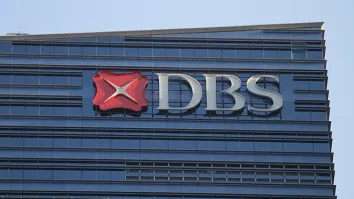
Are Singapore banks breaking free from decaying asset quality soon?
Banks showed resilience in the face of volatility.
When the city-state’s banks released their financial results for the season, analysts’ eyes were turned toward the banks’ asset qualities, which were expected to crumble under the banks’ feet.
However, results showed that the banks were able to weather the asset quality storm quite nicely, with DBS standing out despite its significant offshore and marine exposure.
According to analysts from CIMB, asset quality issues have started to appear in the downstream oil & gas portfolios, as some of the smaller companies in these supporting industries start to feel the ripples of lower oil prices.
“OCBC and UOB recognised NPLs for 1-2 oil & gas services firms in Indonesia and Malaysia in 3Q15. Among the three banks, DBS remains the most exposed to oil & gas, with loans of S$22bn (7% of loans) at end-3Q15, followed by OCBC with S$13bn (6% of loans) and lastly, UOB with S$10bn (5% of loans),” CIMB said.
Meanwhile, according to analysts from Barclays, though Singapore’s banks were not spared from a higher credit cost qoq, results were still better than expected.
“NPL ratio was largely stable q/q for DBS and UOB, and OCBC had a few NPLs related to large corporate exposures in the oil and gas related industries. DBS, OCBC and UOB had total commodities and oil and gas exposure of S$34bn, S$28bn and S$16bn, equivalent to 12%, 13% and 8% of loan book as of 3Q15,” Barclays said.
“The banks generally guide for stable to marginally higher credit costs, and see no sharp deterioration in asset quality. Other riskier parts of the loan book, in our view, include unsecured consumer loans and SME exposure in China and ASEAN outside of Singapore,” they added.
















 Advertise
Advertise






